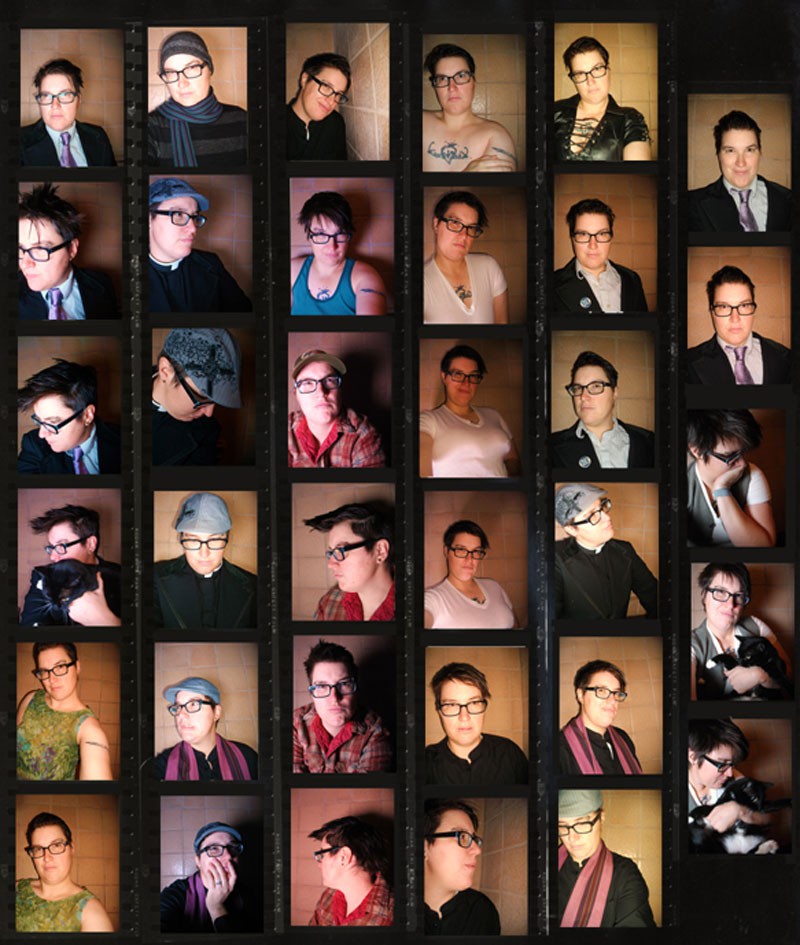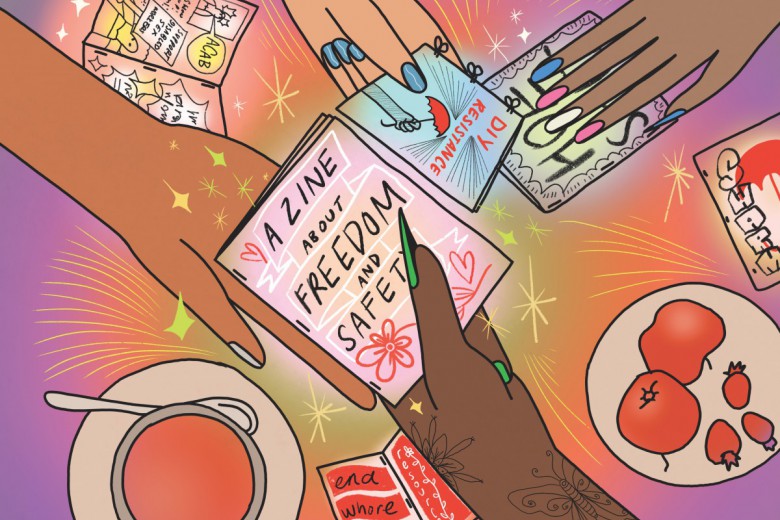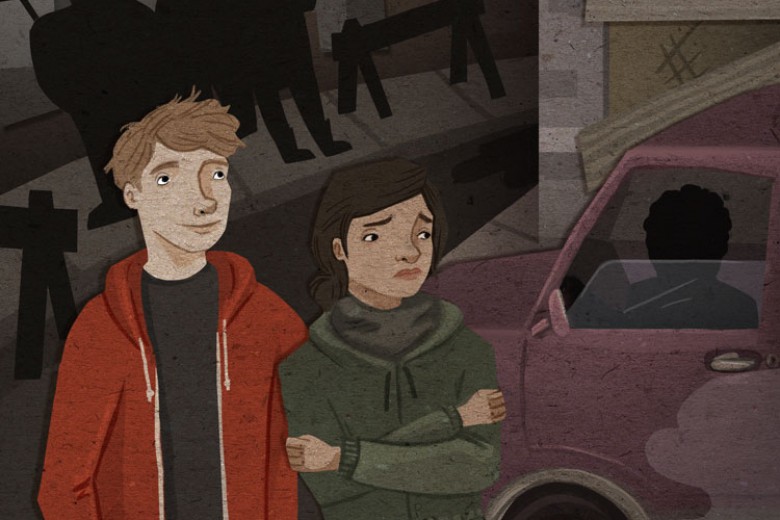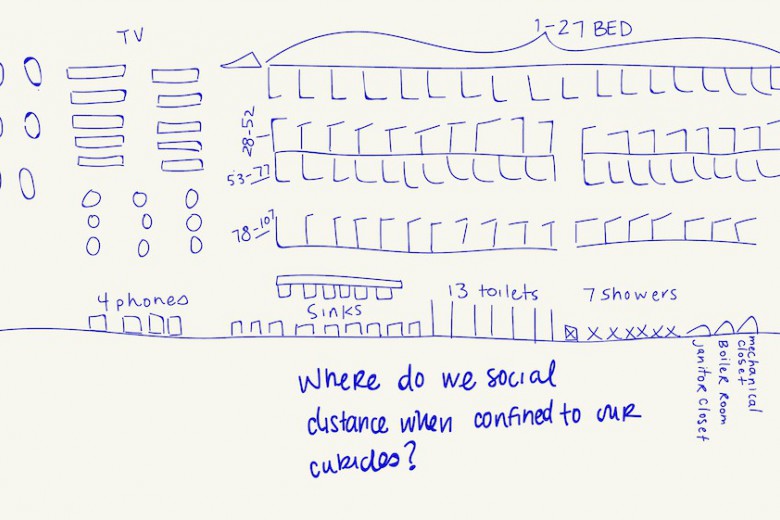
Growing up in Sioux Falls, South Dakota, I fought against pressures to have long hair, wear dresses, learn sewing and cooking and to perform femininity. While I avoided the dresses, I had hair down to my waist most of my life. Then one day, in perhaps the most feminist act I had ever done, I shaved my head bald after moving to San Francisco.
In San Francisco, my current home, it’s not uncommon to attend a black-tie gala hosted by a man in a dress. This is a town known worldwide for stretching, confronting and opposing gender norms. San Francisco has an entire economy based on individuals who perform gender stereotypes through drag.
Here, I have the freedom to pass as male whenever I want to. The freedom to explore my gender expression has allowed me to figure out that I like having short hair and wearing men’s clothing, that I actually enjoy cooking and sewing and that performing masculinity feels as much like drag as performing femininity did.
As a female-bodied pastor, I work in a profession where people still openly argue about whether or not women should be allowed to serve, and I am regularly called father on the streets by bewildered people who don’t have any language for a minister who wears a bra.
The pressure from popular culture for women to perform a singular brand of femininity (soft, generous, graceful and just sexy enough to keep their partners from wandering but not so sexual they invite aggressive advances) is at war with the pressure from both sacred and secular workplaces to suppress femininity. This simultaneous oversexualization and neutering of women, and the oppressive and violent climate it creates, has been written about by feminists for centuries. New to our culture is the hypersexualization of trans bodies and the epidemic of gay youth suicides.
As I observe the media and queer organizations arguing about whether it is safer to encourage people to pass as gender normative or to normalize individuals who live outside of rigid gender roles, I find myself again wondering, as a leader and a feminist, what I ought to wear and how I should style my hair.
The above series, titled “The Pastor Negatives,” seeks to dramatize the pressures of performance, repression of sexuality and particularly the suppression of breasts and menstruation that affect the lives and work of female clergy. This series of self-portraits was shot within half an hour as I cut my hair with the intention of embodying the stereotypes I feel pressured to perform as a lesbian, trans person, woman and pastor.






